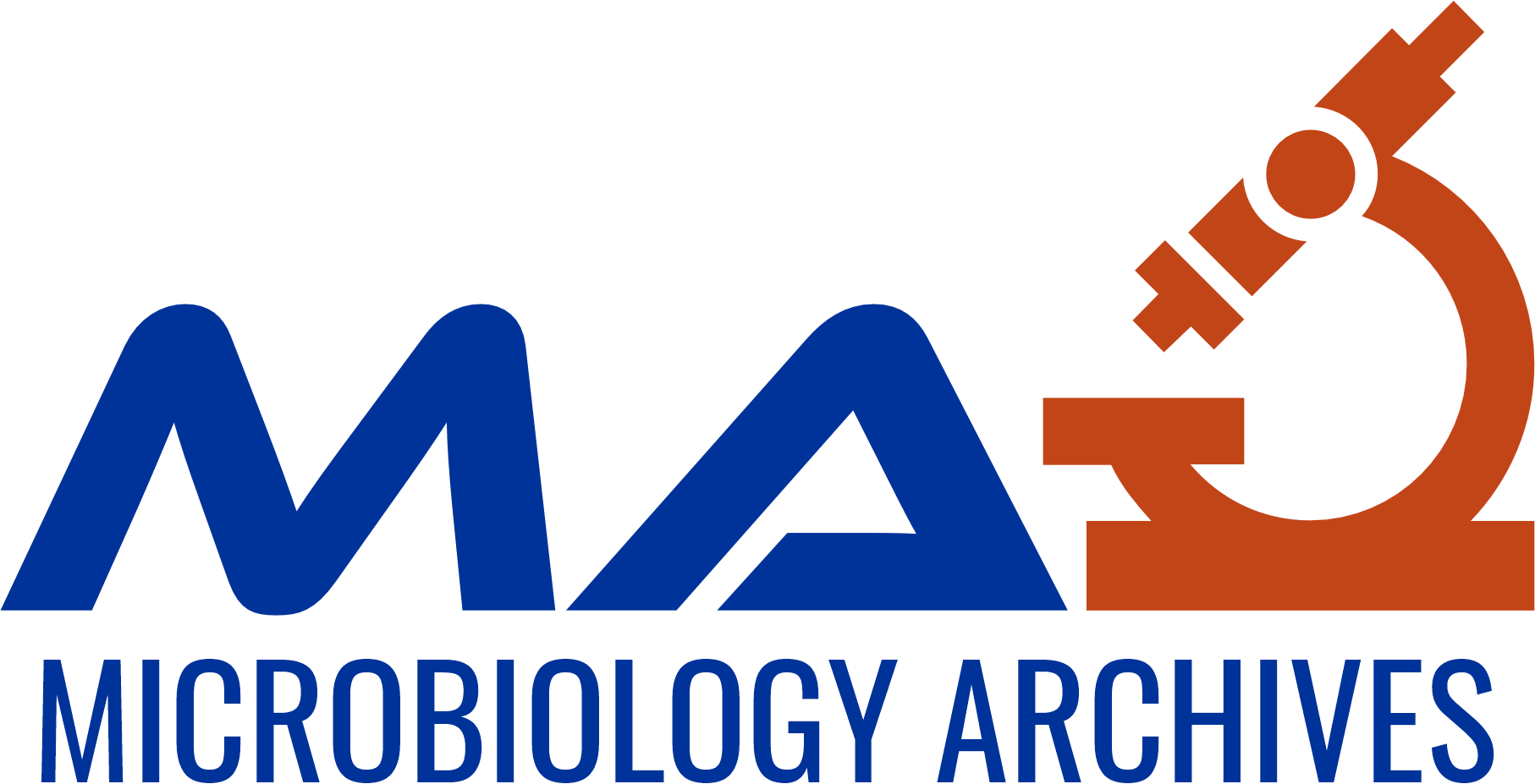Foodborne pathogens have long been recognized as a major source of food poisoning worldwide, sometimes leading to serious illness and even fatalities. Microorganisms encountered in daily life can generally be classified into two categories based on their impact on health: beneficial microorganisms and pathogenic (disease-causing) microorganisms. Beneficial microorganisms play key roles in food fermentation processes, producing products such as cheese, fermented meats (e.g., pepperoni), vegetables, dairy items, and ethnic foods like sauerkraut, idli, and kimchi. In contrast, pathogenic microorganisms cause acute or chronic illness, either through infection during their life cycle in human hosts or due to their metabolic by-products. These pathogens can be contracted via air, water, or contaminated food. Waterborne pathogens, in particular, often lead to gastrointestinal disorders but have also been implicated in a range of other health issues. Common foodborne pathogens include Shigella, Salmonella, E. coli, Enterobacter, and Bacillus species. To effectively detect harmful foodborne pathogens, we aim to develop a Polymerase Chain Reaction (PCR) analysis method to identify microorganisms present in contaminated food samples. This approach involves identifying pathogen-specific genes and designing primers to amplify specific regions of bacterial DNA. The successful amplification of these genes serves as a reliable indication of the presence of the pathogen in the sample. PCR-based identification is both faster and more accurate than traditional microbiological or biochemical diagnostic techniques.
